Stories
A Short History of the RSPCA Animal Hostel at London Airport. Pt. 2: International Activities.
On New Years' Day 1955, 394 Rhesus macaque were found dead at London Airport. The animals were part of a consignment of 1600 monkeys travelling from Delhi to New York. Having been unloaded from their Delhi flight, they had been placed in a van to be transferred to the next leg of their trip. But the plane to New York hadn't been ready for loading. The driver had removed the van to what the subsequent RSPCA-led investigation called 'a sheltered location' to await embarkation. The vehicle,… Read more
A Short History of the RSPCA Animal Hostel at London Airport. Pt. 1: Foundation.
On 7th October, 1947 - a mere two years after the formal end of the bloodiest and perhaps most transformative conflict ever to have occurred on European soil - Chief Veterinary Officer Major Reginald C.G. Hancock of Britain's Royal Society for the Prevention of Cruelty to Animals met with a group of airline executives. The industry leaders all had something in common: their aircraft used what was then called London Airport (now known as Heathrow) as a transport hub. In a sign of the re-emergence… Read more
An Amoeboid Theatre: Marion Greenwood Bidder's physiological research at Cambridge (1879-1899)
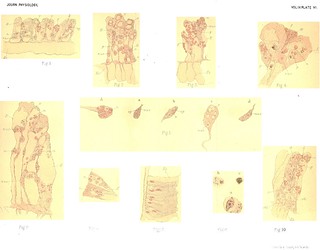
With the foundation of two women's colleges at the University of Cambridge, in 1869 and 1871, the intellectual life of the city underwent a profound shift. Prior to the 1869, the formal education of Britian's elite had invariably been an all-male affair. The story of women's struggles to be accepted as students and gain recognition within the universities of Oxford and Cambridge has been told many times. Somewhat less attention has however been paid to the… Read more
Henri Bergson's Physiological Psychology: Vitalism and Organicism at the Start of the Twentieth Century
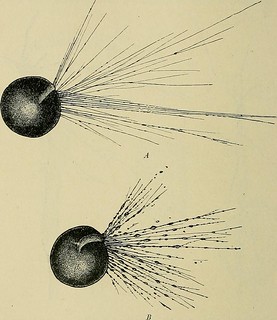
It has long been recognized that the early-twentieth-century philosopher Henri Bergson placed particular emphasis on a 'vitalist' interpretation of biology. Many of his critics, including George Santanaya, Julian Huxley, and Ludwig Wittgenstein, identified Bergson's appeal to an 'élan vital' (most prominently made in his 1907 Creative Evolution) with a problematically unscientific or mystical attitude towards the world. Similarly thinkers who… Read more
A Ripping Tale
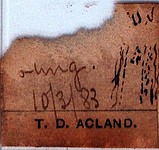
Might dusty, almost forgotten objects in Oxford’s Department of Physiology be somehow linked to one of the most notorious crimes of all time? Can they tell us something about the man or men whose actions held women in an almost permanent state of fear in London’s East End from April 1888 to February 1891? Among the rich and varied collection of microscope slides amassed by the Waynflete professor of physiology, Sir Charles Sherrington, during the course of his long and illustrious… Read more
Charles S. Sherrington and 'Mechanical Objectivity'.
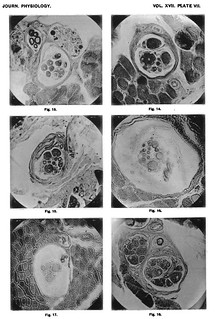
In their 2007 book Objectivity, Science Studies scholars Lorraine Daston and Peter Galison discuss a particular form of objectivity that, they claim, emerged during the nineteenth cenutry. Daston and Galison suggest that by the end of the nineteenth century, previously-held ideals of what constituted scientific truth, such as the search for 'ideal types' of natural objects, had come to be accompanied by new, rather different approaches. For example, Daston and Galison claim that… Read more
An Active Vision: Charles Sherrington's ocular physiology
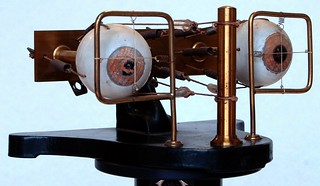
Sometime in early 1911, Charles Scott Sherrington, Holt professor of physiology at the University of Liverpool, took receipt of an unusual piece of scientific equipment. The item in question had been manufactured by the Cambridge Scientific Instrument Company (founded by Charles Darwin’s youngest son Horace in 1881). Unlike much of the output of that company however, this item was not intended for use in research. Rather, it was designed for the demonstration of a physiological ‘law’… Read more
Persuasive objects: Charles Sherrington and Charles Ballance’s leucocyte slides, 1887-1890
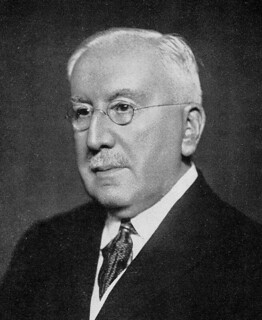
What kinds of evidence were convincing to physiologists during the 1880s and 1890s? Perhaps the best-established form of evidence in the life sciences at this time was the anatomical specimen. Physiology remained very close to anatomy at this time, with pathologists, zoologists and embryologists all looking to museum specimens to support their views. In addition, experimental witnessing - the production of agreement regarding the facts of nature - was crucial. As Simon Schaffer and Steven Shapin… Read more
A forgotten slide
Was it simply that nothing else was within reach of soiled hands? Did the microtome knife serve the secondary purpose of a writing instrument while so much else needed to be done in the middle of an experiment? We will never know. But these are questions someone looking through the extensive collection of microscope slides which Oxford’s Nobel Prize winning physiologist Charles Sherrington once housed in a finely-crafted wooden box in his office might ask. One slide in particular calls… Read more
Sherrington and the Spinal Cord

In his early career, Sherrington was interested in bacteriology, haematology and the cerebral cortex. However, after being exposed to the work of Walter Holbrook Gaskell, he moved his research interest into the field of the spinal cord. This interest of his can be seen in his histological slide box, which is full of sections from the spinal cord. In 1887 Sherrington was selected to be a Fellow of Caius College, University of Cambridge, and a lecturer in physiology at St Thomas’ Hospital,… Read more
Cortical localization
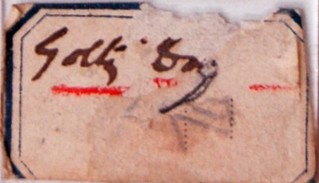
One of Sherrington’s greatest interests was without doubt cortical localization. This can be seen by the number of slides showing preparations of cat brains in which lesions had been induced and the degenerated fibres stained. His curiosity into this topic started when he was a medical student at the University of Cambridge working with John Newport Langley, his college tutor, from 1882 to 1884. In 1881 a debate between Friedrich Leopold Goltz and David Ferrier at the meeting of the Physiological… Read more
Le Gros Clark slides on the visual cortex of the rhesus monkey
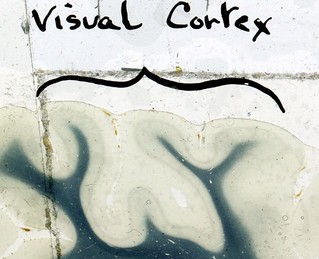
Sir Wilfred Le Gros Clark conducted a number of studies on the neuroanatomy of the visual system, culminating in his 1942 review paper on the visual centres of the brain, Le Gros Clark, W. E. 1942. The visual centres of the brain and their connexions. Physiological Reviews. 22, 205-232. Slides 7, 8, 9, 10, 13 and 14 in drawer 7 exhibit features of Le Gros Clark’s studies on the anatomy of the visual cortex of the rhesus monkey. Slides 7, 8, 9 and 10 show general features of the visual cortex… Read more
Le Gros Clark and the Pineal Gland
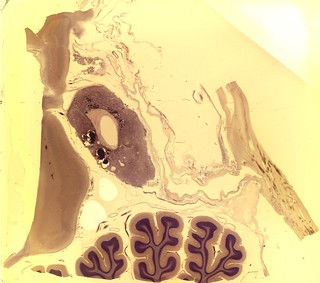
Le Gros Clark, W. E. 1940. The nervous and vascular relations of the pineal gland. Journal of Anatomy, 74 (4), 471-492. During the late 1930’s, neuroanatomists found that the pituitary gland (hypophysis) had both neural and vascular connections with the hypothalamus. In a paper published in 1940, Le Gros Clark investigated the neural and vascular connections of the pineal gland in the brain of the rhesus monkey and humans. Slide E02 in drawer 9 appears to correspond to Figure 1 (p 476)… Read more
An Heroic Horse: “Tommy”, Charles Sherrington, and Armand Ruffer at the Brown Institute (1891-1895).
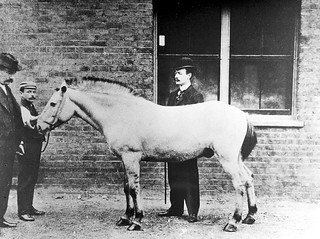
At a 1948 meeting described by Nature as an ‘informal gathering of some men of science’, the then director of the Lister Institute, Dr Alan N. Drury, related a story regarding the early years of the Brown Institute, the first veterinary hospital in London. Holding up a horse hoof that Drury claimed came from one of the Brown’s early inhabitants, he described how “Tommy” (as the horse had been known) had in 1893-4 played a key part in the saving of a young child’s… Read more



